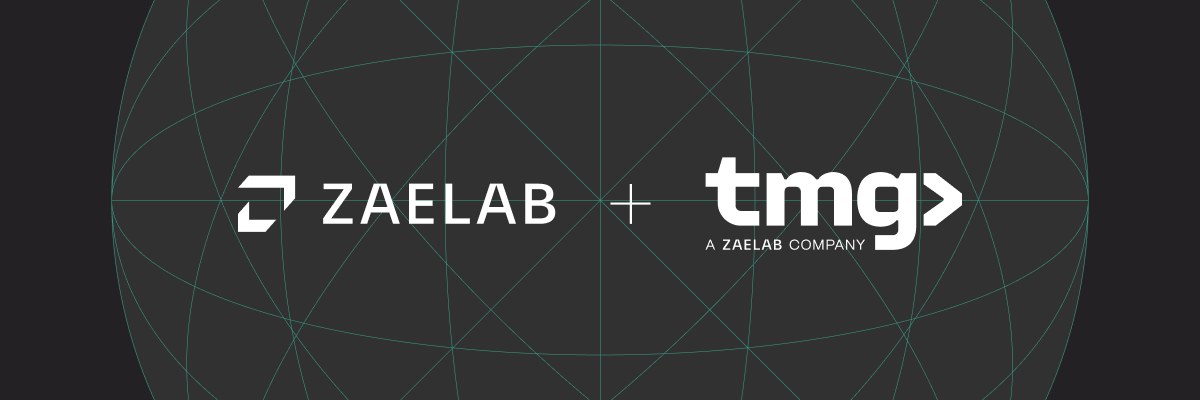Your ERP system is the foundation of your operations, but even the strongest foundation needs reinforcements to support the growing weight of today’s business demands. In times of economic uncertainty, that foundation needs to be reliable while also being capable of supporting growth and change. By updating and optimizing your existing ERP, you get the most out of your investment and maintain the agility you need to face whatever comes next.
Sure, modernizing your ERP can be a complex project, but ignoring your foundation can lead to costly cracks: lost productivity, increased operational expenses, and missed opportunities. If you’re interested in the difference an updated system can make—and the steps you can take to maximize the value of your existing ERP—keep reading.
The Benefits of an Upgraded System
What may have been a strategic investment years ago could now be the very thing holding you back. Whether updates have become too disruptive, customizations are creating roadblocks, or platform limitations are getting in the way—your ERP is falling short of your complex B2B needs.
Updating your ERP lets you build on the investments you’ve already made and move toward a more flexible, future-ready architecture that supports evolving digital goals. In industries like manufacturing and distribution even modern ERPs can struggle to keep up. Complex requirements that rely on both ERP and commerce systems like advanced CPQ capabilities, multi-ship fulfillment, and real-time inventory visibility—often push the limits of what an ERP can manage on its own.
Keeping your system current not only improves performance, but can also make it easier to integrate best-of-breed applications that meet these complex needs. This is especially true when updates include enhancements to APIs, extensibility, and system architecture. Beyond industry-specific solutions, having your ERP up to speed enables your business to take advantage of emerging technologies like AI and meet the rising expectations of digital-first customers.
However, depending on your ERP, connecting critical applications can be time-consuming and resource-intensive—even if your platform is up to date. In those cases, you may need to consider switching platforms or investing in an iPaaS solution to ensure scalability and stability when key business functions rely on external applications.
How to Maximize the Value of Your ERP
While this article focuses on getting more from your existing ERP, in some cases, starting fresh with a new platform may be the smarter, more cost-effective long-term move. Sticking with your current system might cost less upfront, but it could deliver a lower return on investment in the long run—both for the ERP itself and for your investments in other supporting technologies. Cost isn’t the same as value.
Before modernizing your ERP, it’s important to understand both your upgrade and migration options—including timelines, costs, and potential value of each—so you can determine whether to optimize your current system or move to a new one. For example, if your system is still on-premise, migrating to a cloud-based system can lower costs, reduce maintenance and management overhead, and improve both performance and scalability.
That said, optimization starts with clarity. Before you invest in bringing your ERP up to date, consider the following questions to help ensure you’re taking the right path forward:
- Is your ERP system still receiving vendor support and maintenance?
- If your ERP is on-premise, does your vendor offer a cloud-based option?
- Will updating your ERP remove key limitations, or will certain hurdles remain?
- Is building a more composable tech stack important to your business?
- How easily can your ERP integrate with other critical systems?
- Will your current ERP scale with your business over the next 3 to 5 years?
Evaluate, Prioritize, & Plan
If your answers point toward updating your ERP, know that getting started takes time and careful planning. Evaluate your processes, costs, and budgets to prioritize improvement opportunities—and ensure they align with your business goals.
Identify pain points your ERP is creating today and define exactly how an upgrade can address them or lay the groundwork for future solutions. This might include integrating siloed systems, automating manual tasks, or extending system capabilities with specialized applications. Benchmark those challenges up front so you can clearly measure the impact and success of your optimization efforts.
Data Quality
Sitting at the center of every ERP process is data—informing decisions, shaping outcomes, and impacting system performance. Auditing and cleaning your data is essential to getting the most out of your ERP. Incomplete product records, outdated customer data, and inconsistent inventory levels can disrupt workflow, cause errors, and compromise integrations. And beyond day-to-day operations, redundant or inaccurate data can slow down your system, strain storage, and make reporting sluggish and unreliable.
Test and Validate
Testing and validating your ERP after optimization—especially if it involved applying patches or upgrading to the latest version—is essential to identifying any integration or performance issues introduced during the process. Functional, integration, and load testing can help ensure that customizations, workflows, and connected systems continue to operate as expected.
Continuous Improvement
After investing time and resources into updating your ERP, implement a practice of continuous improvement. Regularly reviewing system performance and prioritizing ongoing enhancements ensures that your system evolves alongside your business. This approach can help reduce the need for large, disruptive upgrades in the future.
Where Optimization Meets Opportunity
Bringing your ERP up to date lets you build on your existing investment, address what’s holding you back today, and lay a stronger foundation for whatever comes next. But realizing this value depends on how you approach the process: aligning optimization with business goals, addressing data integrity, validating performance, and building in flexibility to adapt as your business evolves.
In many ways, this project can be a chance to test your organization’s readiness for broader digital goals. Can your teams shift from just maintaining systems to embracing continuous improvement and innovation? Treat this project as the strategic opportunity it is and your ERP will become a foundation for growth, not a barrier to it.
Whether your ERP is current or just starting to show its age, if you need improved efficiency, reliable data flow, and better visibility between your commerce platform and ERP, TMG Fuse can help. Living directly in Shopify, Fuse offers a fast, low to no-code API-based integration that surfaces your backend SAP ERP (S/4HANA or ECC) data in your commerce system.
Whether you’re unsure if upgrading or migrating is the right move, need help building a roadmap to a more optimized ERP—or if you’re curious how TMG Fuse can help with all of the above—schedule a meeting with our experts



